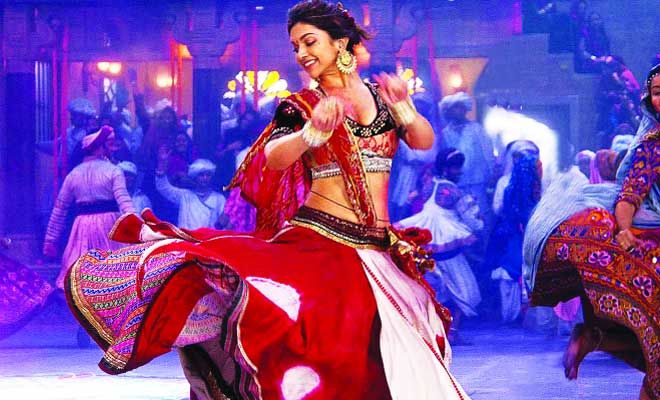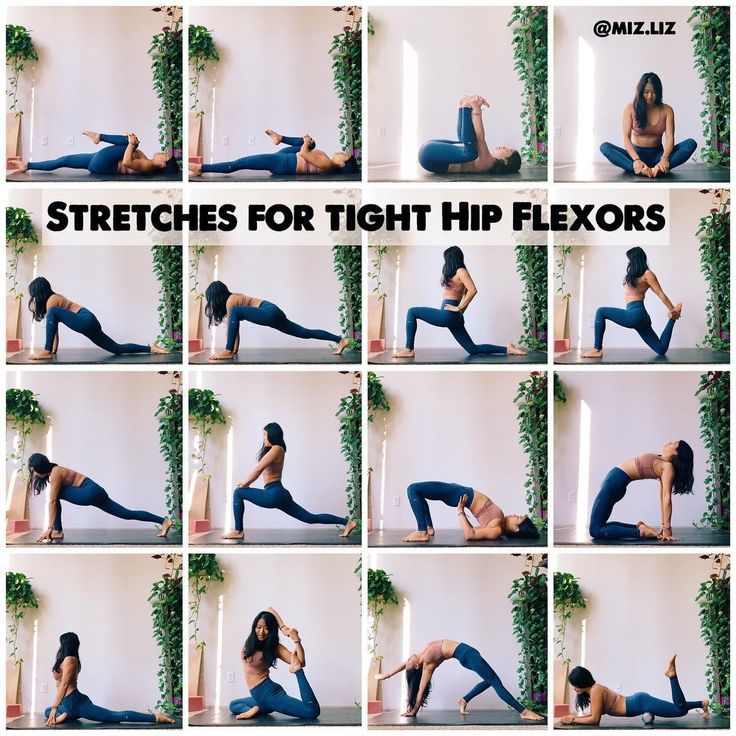How dancing affects the brain
Is Dancing Good for the Brain?
- Download PDF Copy
By Angela Betsaida B. Laguipo, BSNReviewed by Dr. Liji Thomas, MD
Dance is a form of performing art wherein the body moves in a rhythmic way, usually to express feelings or ideas. Dancing has shown many health benefits, including boosting brain power and function.
Dancing can provide various physical benefits. Image Credit: goodluz / Shutterstock
What benefits does dancing have for the brain?
Dancing reduces depression symptoms
Dancing can provide various physical benefits but now, researches show promising results that it can also benefit the mind, with a growing body of evidence that suggests that dancing is good for mental health.
Depression is a disabling mental illness as evidenced by feelings of sadness, problems with emotion regulation, and loss of interest or pleasure in normally enjoyable activities. Depression affects more than 350 million people worldwide. Today, the most common and effective treatment for depression is medication in combination with counseling and psychotherapy.
In a study, the researchers examined whether dancing was a good treatment therapy for depression. Dancing focuses on body movement and emotional expression, that helps alleviate the symptoms of depression. At the same time, it helps reduce the levels of depression as shown by psychometric measures.
Dancing supports motor, emotional, and intellectual brain functions
Dance/Movement Therapy (DMT), also called movement psychotherapy, is the psychotherapeutic use of body movements to maintain and improve intellectual, motor, and emotional abilities of the body.
DMT is based on the conception that movement is a language, movement can be communicative and expressive, movement can be both an assessment tool and a primary mode of intervention, and the mind, body, and spirit are interconnected.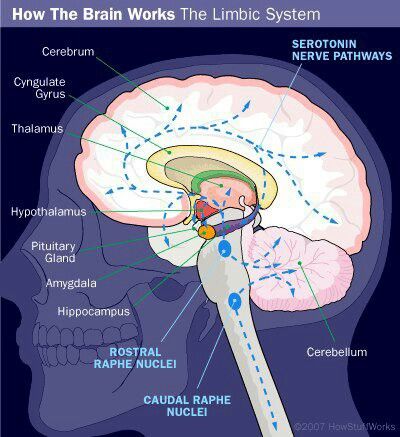 Furthermore, dance movement therapists can look at a person’s movements to assess and intervene, thus enabling it to contribute to the treatment of mental health problems.
Furthermore, dance movement therapists can look at a person’s movements to assess and intervene, thus enabling it to contribute to the treatment of mental health problems.
DMT has also been found to have a positive effect on children’s cognitive development. Dance can use spirituality, intelligence, spontaneity, and discovery while the body is producing movements, which is a form of art. Dance therapy can create a good environment for cognitive development.
Dance As Therapy: Natalia Duong at TEDxStanford
Dance boosts memory
Dancing improves brain function and boosts memory. Several studies have shown that dancing is linked to a reduced risk of dementia. In a study by researchers at the Albert Einstein College of Medicine, they found that dancing is associated with 76% reduced risk of dementia among the participants.
Another study published on the Frontiers in Aging Neuroscience shows that dancing improves cerebral health. Dancing improves one of the cognitive domains, which is spatial memory.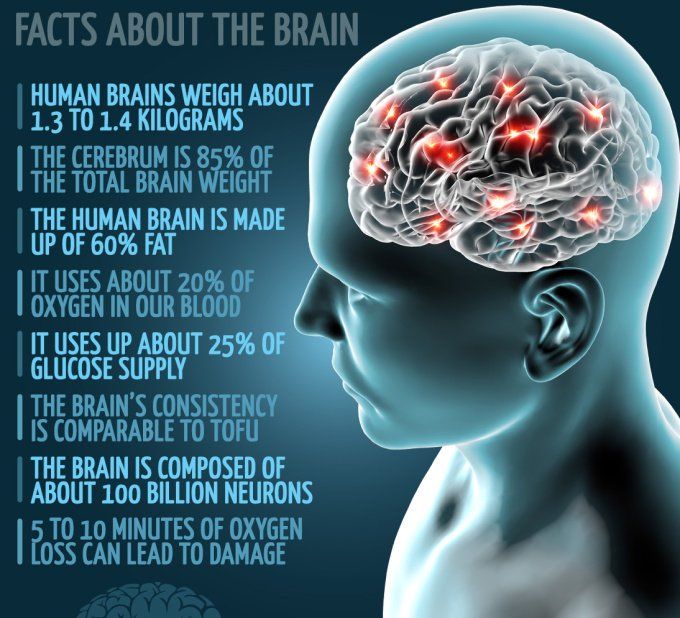
The study also suggests that maintaining an active lifestyle into old age can preserve motor, cognitive, and perceptual abilities.
Dancing stimulates nerve growth factors
Dancing has many positive effects on the brain. The driving force behind its inhibition of aging relates to its ability to stimulate nerve growth factors. Nerve growth factors are proteins important for maintaining sensory neuron health.
In a study published in the Journal of Neuroscience & Biobehavioral Reviews, the researchers concluded that dancing can boost the connectivity between both cerebral hemispheres, and long-term dance practice positively affects brain activity. All these are linked to neuroplasticity, the brain’s ability to form new neural connections to change and adapt.
The combination of exercise and sensory enrichment during a dance can improve neuroplasticity. Hence, dancing can be used as an intervention for many neurological diseases, like stroke, Parkinson’s disease, and cerebral palsy.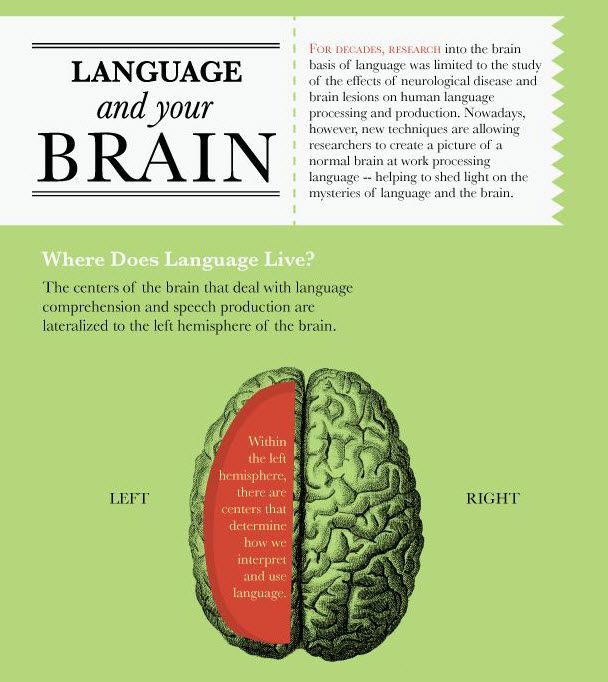
Sources
- Punkanen, M., et al., (2017). Emotions in motion: depression in dance-movement and dance-movement in treatment of depression. Oxford Handbooks Online. DOI: 10.1093/oxfordhb/9780199949298.013.58
- Goodill, S. (2016). Dance/movement therapy and the arts in healthcare: the first 50 years. American Journal of Dance Therapy. https://dx.doi.org/10.1007%2Fs10465-016-9235-z Balgaonkar, AV. (2010). Effect of dance/ motor therapy on the cognitive development of children. International Journal of Arts and Sciences. www.openaccesslibrary.org/images/XEW191_Asmita_Vilas_Balgaonkar.pdf
- Verghese, J. et al., (2003). Leisure activities and the risk of dementia in the elderly. New England Journal of Medicine. DOI: 10.1056/NEJMoa022252
- Merom, D. et al., (2016). Cognitive benefits of social dancing and walking in old age: the dancing mind randomized controlled trial. Frontiers in Aging Neuroscience.
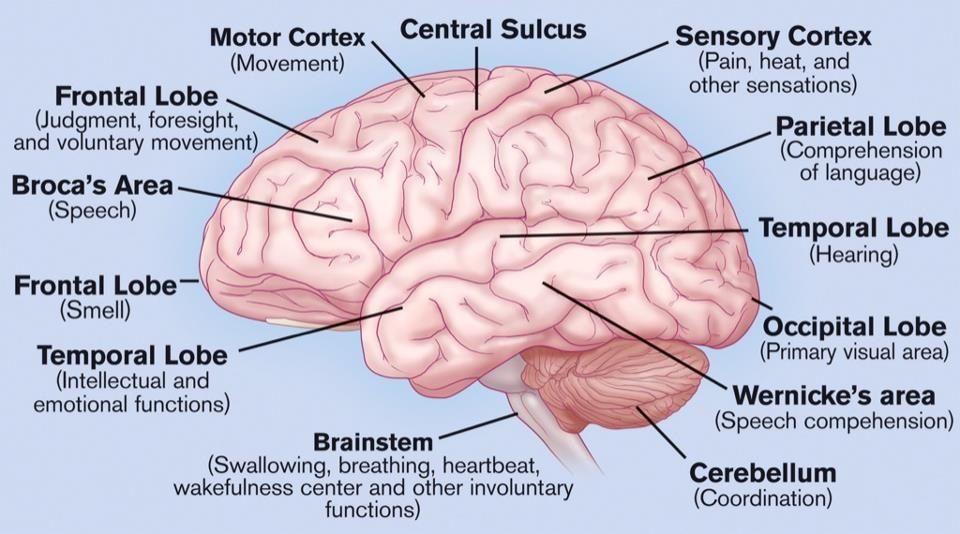 https://doi.org/10.3389/fnagi.2016.00026
https://doi.org/10.3389/fnagi.2016.00026 - Machado L. T. et al.,(2018). Dance for neuroplasticity: A descriptive systematic review. Neuroscience & Biobehavioral Reviews. https://doi.org/10.1016/j.neubiorev.2018.12.010
Further Reading
- All Dancing Content
- Can Dancing Improve your Mental Health?
Last Updated: Jun 26, 2019
- Download PDF Copy
Please use one of the following formats to cite this article in your essay, paper or report:
APA
Laguipo, Angela. (2019, June 26). Is Dancing Good for the Brain?. News-Medical. Retrieved on December 11, 2022 from https://www.news-medical.net/health/Is-Dancing-Good-for-the-Brain.aspx.
MLA
Laguipo, Angela. "Is Dancing Good for the Brain?". News-Medical. 11 December 2022. <https://www.news-medical.net/health/Is-Dancing-Good-for-the-Brain.
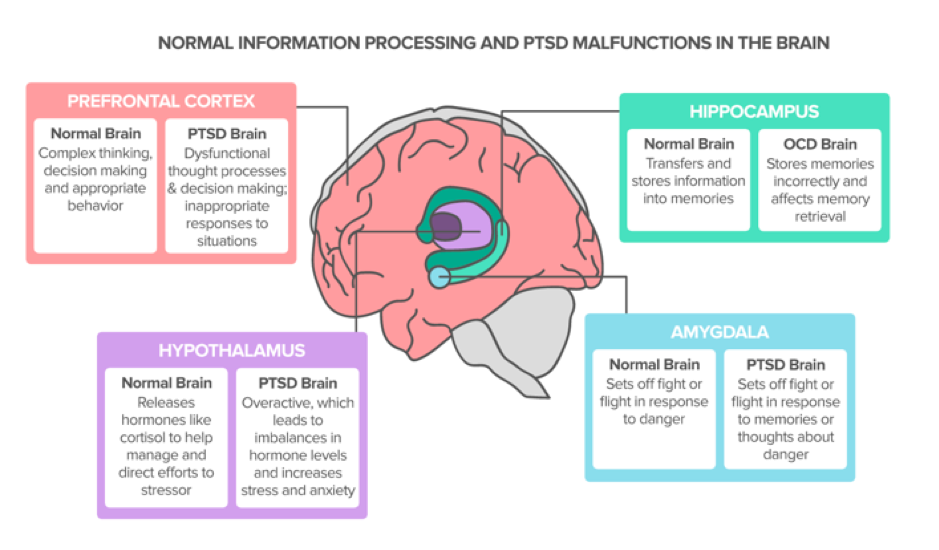 aspx>.
aspx>.Chicago
Laguipo, Angela. "Is Dancing Good for the Brain?". News-Medical. https://www.news-medical.net/health/Is-Dancing-Good-for-the-Brain.aspx. (accessed December 11, 2022).
Harvard
Laguipo, Angela. 2019. Is Dancing Good for the Brain?. News-Medical, viewed 11 December 2022, https://www.news-medical.net/health/Is-Dancing-Good-for-the-Brain.aspx.
This Is How Dancing Helps Your Brain
Dancing is fantastic for fitness, but it is even better for what it does to your brain. We did some research, and here is what we found.
Does dancing help your brain? Yes, dancing and taking dance classes frequently can help your brain in a few ways. A study had shown that dancing frequently reduced the risk of dementia by 76%!
- It can be a great way to maintain and improve many of the brain functions.
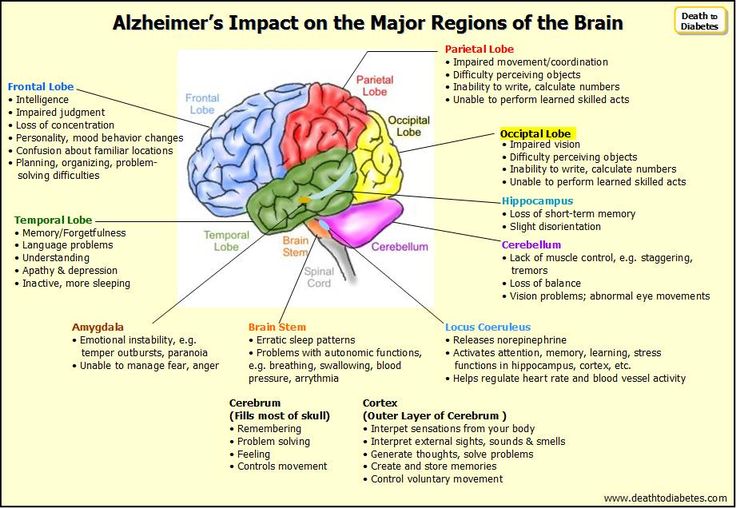
- Dancing has also shown to increase your neural connectivity.
- Dance has also led to enhancing neuroplasticity
- Increase intelligence
- Improve muscle memory
- Slow down aging
- Boost memory
- Prevent dizziness.
If you want to get a little deeper, speed up your online research time, and see what our research has shown. Read on; we promise you won't be disappointed.
Since dance requires you to integrate several brain functions at once like; rational, musical, kinesthetic, and emotional, it makes your brain fire up and gets stronger.
Also, because of the nature of dance, it improves neural connectivity. The increase in neural connectivity can be of great benefit to your brain as it ages. It is allowing your brain to engage and activate each of its parts.
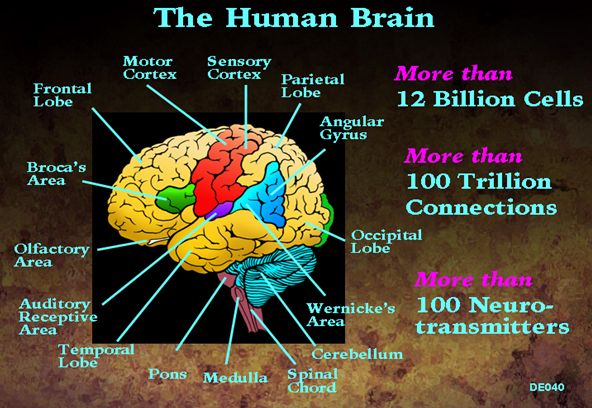
via GIPHY
According to Psychology Today and Science Daily, In 2013, researchers from ICL (Imperial College London) published research that showed specific differences in the brain structure of ballet dancers that help them avoid feeling dizzy when they perform pirouettes. Furthermore, the research suggests that years of training can enable dancers to suppress signals from the balance organs in the inner ear linked to the cerebellum. (psychologytoday.com and Sciencedaily.com)
via GIPHY
At the University of Illinois at Chicago, through a CDC-funded program, some researchers designed a dance program for older adults. Participants in the program reported improvements in attention, focus, and of course.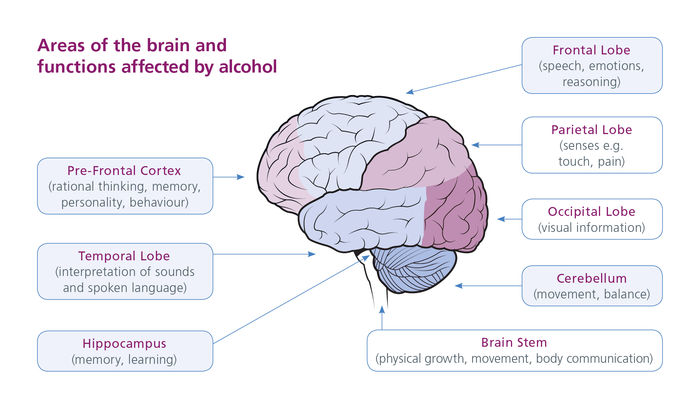 Also, in another separate dance program, older people experiencing mild cognitive impairment improved their thinking and memory after a 10-month-long of dance class. (cdc.gov) As dancers, we kind of already knew that, right, having to remember all those choreographies and corrections.
Also, in another separate dance program, older people experiencing mild cognitive impairment improved their thinking and memory after a 10-month-long of dance class. (cdc.gov) As dancers, we kind of already knew that, right, having to remember all those choreographies and corrections.
via GIPHY
Research led by the Albert Einstein College of Medicine in New York City published 21-year research that studies senior citizens 75 years and older. The researchers tracked/measured mental acuity in aging by monitoring rates of dementia. The goal was to see if any physical or cognitive recreational activities had an effect on mental acuity.
What they found was just WOW; almost none of the physical activities had had any effect. The one exception was frequent dancing. Some findings of the studies were:
- Bicycling and swimming – 0% reduced risk of dementia
- Playing golf – 0% reduced risk of dementia.
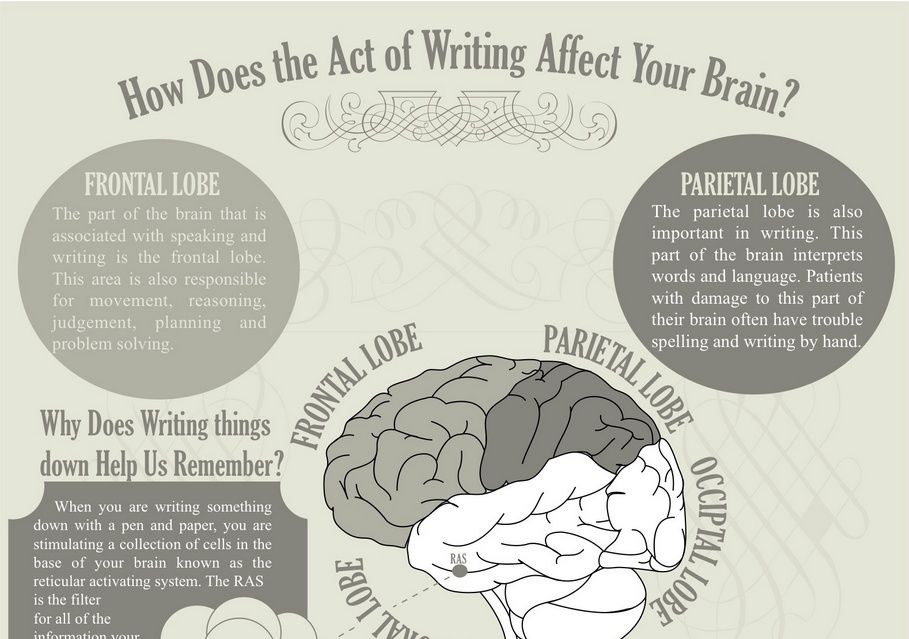
- Reading – 35% reduced risk of dementia.
- Doing crossword puzzles at least four days a week – 47% reduced risk of dementia.
- Dancing frequently – 76% reduced risk of dementia (Let's go dancing!!!)
To see the full study click here (stanford.edu).
via GIPHY
Okay, we can already hear the skeptics when mentioning that dance increases intelligence. If this is you, read on to put it simply, the basis of "intelligence" is making decisions. There are other definitions of intelligence, like "the ability to apply knowledge to manipulate one's environment or to think in abstractly as measured by objective criteria (such as tests) - Merriam-Webster."
To get your mental acuity better, it is best to get yourself in an activity that demands quick, rapid decision making. Dancing is an example of a fast-paced activity that demands speedy decision making.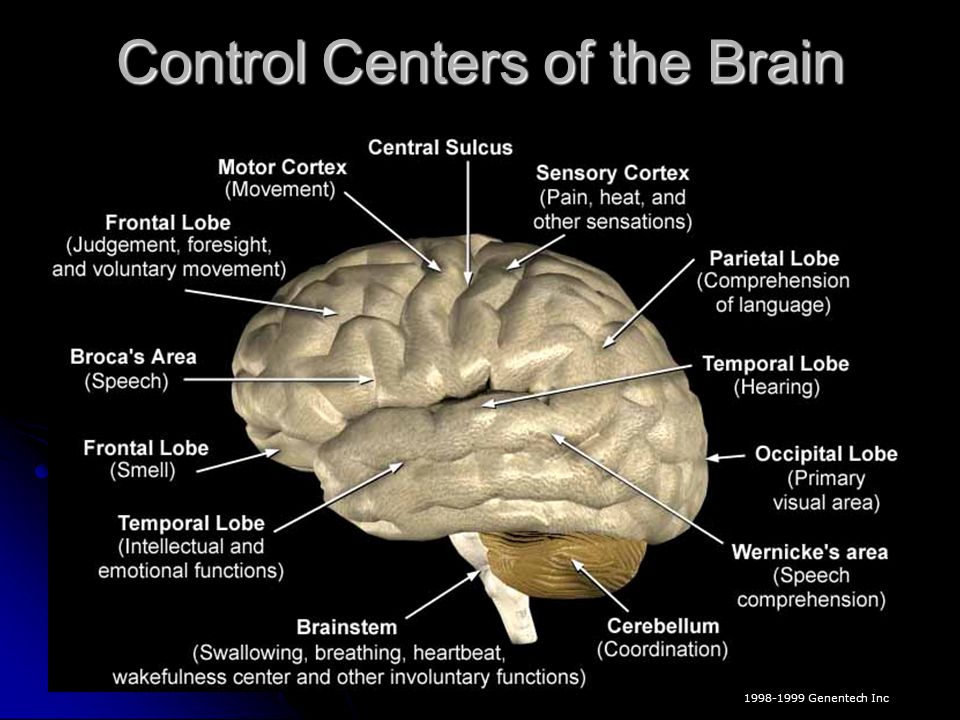 \It requires instant physical responses to questions like What speed to move your body? How to react to your partner's movements in social dancing? And Which way to turn or not to turn? lol (lifehack.org)
\It requires instant physical responses to questions like What speed to move your body? How to react to your partner's movements in social dancing? And Which way to turn or not to turn? lol (lifehack.org)
via GIPHY
Hasn't your teachers told you a million gazillion times? Practice makes perfect, or we are working on muscle memories, or perfect practice makes perfect. As dancers, we physically engage our body, which requires strength and stamina, and we remember choreography; okay, most times, we remember choreography. Choreography, when done enough, becomes muscle memory, the connection between physical and mental. In fact, the process of "marking" a routine—walking through the movements—is an effective method of encoding choreography. This allows you (the dancer) to repeat the moves with greater fluidity once they perform them full-out.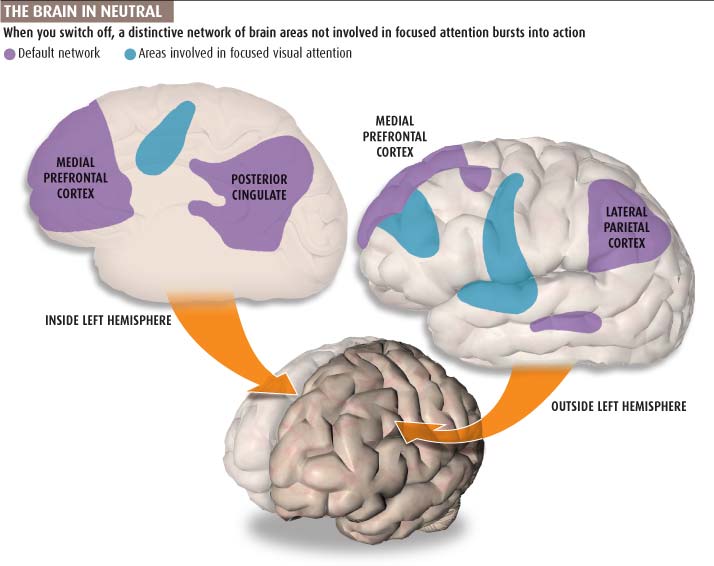 (DanceAcademyUsa)
(DanceAcademyUsa)
Bonus
Dancing - Why dancing is good - How to improve brain function - Health / HB
From the point of view of protection against neurodegenerative diseases, dancing is more effective than any other physical training
It is precisely proven: to be smart, you need to ... dance! Preferably in different styles. Ideal - since childhood. And definitely with pleasure.
There are many studies of the neuroevolution of the human psyche, and they all show that brain development in children depends not only on the study of languages and mathematics, but also on motor activity.
Video of the day
How does it work?
Dance is one of the most ancient forms of human self-expression. It developed along with music. In essence, dance is a sign language. This suggests that dance plays the role of an early form of speech.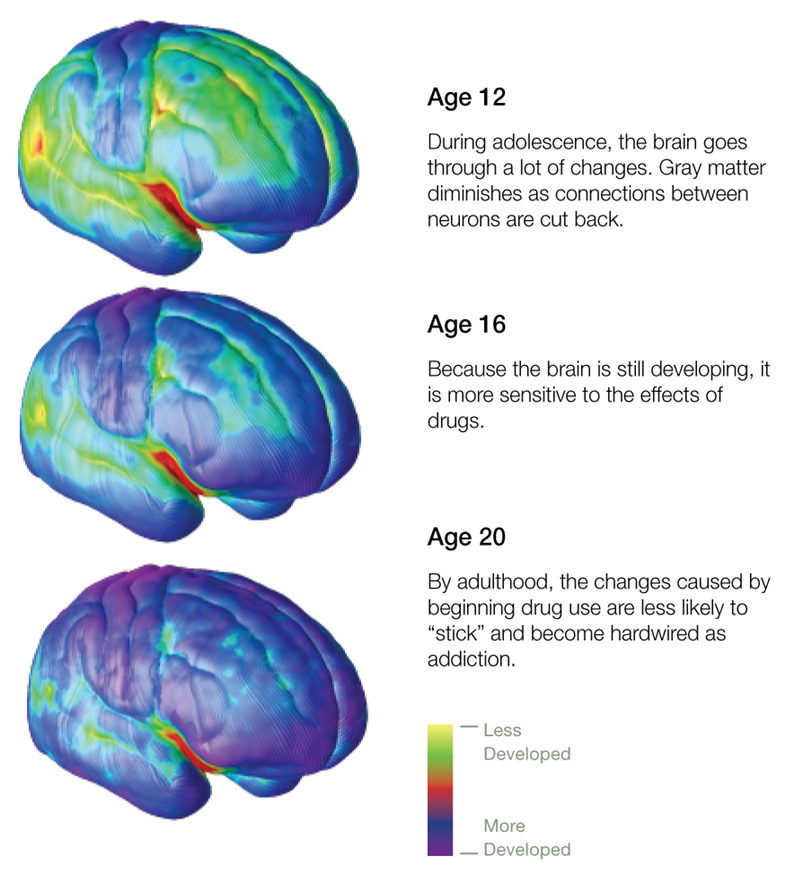 And helps to master it.
And helps to master it.
During dance movements, the same area is activated in the brain as when pronouncing words. But not only.
In order for a person to jump on one foot, his brain must instantly perform calculations in the sensorimotor system, taking into account the surrounding space, the force of gravity, maintaining balance and many other factors.
People who do aerobic exercise grow their brains
Music, rhythm, body vibration activate all brain structures and nervous system. There is a lot of work going on in the brain.
Therefore, dancing for an adult or an elderly person is also very useful, and not only to improve the figure and mood.
Experts from the German Center for Neurodegenerative Diseases in Magdeburg found that dancing is more effective than any other physical training. And slow down the aging of the brain.
Conducted an experiment (mean age of participants 68 years). The people were divided into two groups.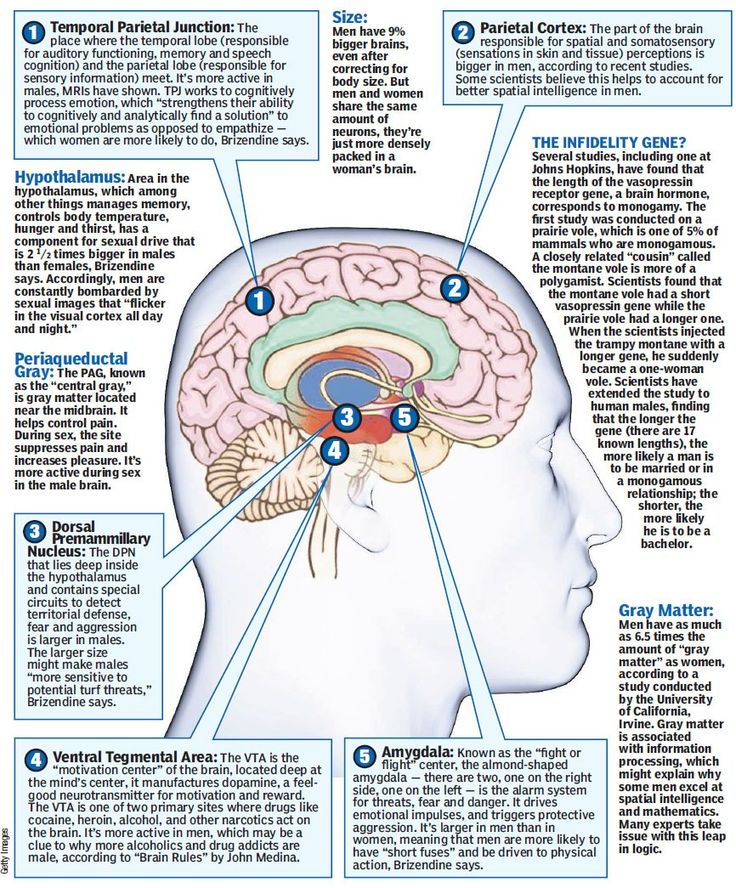 Some attended different sports training. Others were dancing. Moreover, they danced jazz dances, and Latin American, and a quadrille, and a waltz. In general, dances that are different in rhythm, combinations of movements and speed.
Some attended different sports training. Others were dancing. Moreover, they danced jazz dances, and Latin American, and a quadrille, and a waltz. In general, dances that are different in rhythm, combinations of movements and speed.
Read also:
So, both groups showed an improvement in the functioning of the hippocampus - the area of the brain that is most susceptible to age-related changes (for example, Alzheimer's disease). However, in the dance group, positive changes in the hippocampus were more pronounced. That is, the brains of those who danced developed much better.
American neuroscience star, author of The Weird Girl Who Fell in Love with the Brain, Wendy Suzuki, Ph.D., wrote: “When you do aerobic exercise, your heart rate increases, and this stimulates the production of new cells in the hippocampus. Accordingly, people who engage in aerobic exercise grow their brains. And it improves long-term memory. It turns out that I can create as many new cells as I want. ”
”
Even if this forecast seems too optimistic, all the same, after these words, you already want to run to the dance. And you?
Main news digest
Free email newsletter of only the best materials from editors NV
Sending is sent from Monday to Friday
The text is published with the permission of the author
9005 9000 9000 9000 9000 9000 9000 9000 9000 9000 9000 9000 9000 9000 9000 9000 9000 9000 9000 9000 9000 9000 9000 9000 9000 9000 9000 9000 9000 9000 9000 9000 9000 9000 Telegram channel Opinions HB
More blogs here
Tags: Health Dance Brain
Influence of ballroom dancing on brain neurons
- Authors
- Executives
- Job files
- Award documents
Volkov D.A. 1
1MOAU "Gymnasium No. 1"
1"
Guz N.V. 1
1MOAU "Gymnasium No. 1"
The author of the work was awarded a diploma of the winner of the II degree0003
The text of the work is placed without images and formulas.
The full version of the work is available in the "Files of the work" tab in PDF format
Introduction
The English psychologist and writer Havelock Ellis gave the following definition: "Dance is the most sublime, the most exciting and the most beautiful of all arts, since it is not just a reflection of life or a distraction from it, but life itself."
Each of us wants to be beautiful and healthy. And, perhaps, the surest way to achieve what you want is to play sports. In our city, many conditions have been created for physical development and you just need to choose a sports section to your liking. I am musical. From an early age I love music and dancing. I have been dancing for 7 years already and 3 of them I devoted to sports ballroom dancing. I believe that ballroom dancing is good not only for health, but also for mental development.
I have been dancing for 7 years already and 3 of them I devoted to sports ballroom dancing. I believe that ballroom dancing is good not only for health, but also for mental development.
For example, have you ever wondered why, when we see a person yawning, we ourselves begin to yawn? Or why do we flinch and cringe when someone might fall?
In the human brain there are so-called "mirror" neurons, which turn on both when performing a certain action, and when observing the performance of this action by another. Mirror neurons were first discovered by Italian scientists Gallese, Rizzolatti and others from the University of Parma.
In the early 1990s, they began studying the monkey brain. By implanting electrodes into it, they studied the activity of neurons in one specific zone of the monkey brain - zone F5. In humans, it corresponds to Broca's area in the left hemisphere, associated, as it is believed today, with the process of speech. The F5 zone in monkeys is located in that part of the cortex that is in charge of thinking and executing movements, and the neurons in the F5 zone become active (“fire” signals) when the monkey performs any purposeful motor actions.
The F5 zone in monkeys is located in that part of the cortex that is in charge of thinking and executing movements, and the neurons in the F5 zone become active (“fire” signals) when the monkey performs any purposeful motor actions.
And so, while showing the monkeys what they should do, the scientists unexpectedly discovered that the neurons of the F5 zone fire as if the monkeys themselves were performing the actions that a person was performing before their eyes. If the objects with which this action had to be performed simply lay on the ground, the F5 neurons remained passive. In other words, they reacted only to the demonstration, and they reacted like a mirror, mentally repeating the observed action. Therefore, the researchers called them "mirror neurons."
In humans, brain activity consistent with the behavior of mirror neurons was found in the frontal lobes of the brain in the parts responsible for the implementation of motor functions and in the parietal lobe of the brain.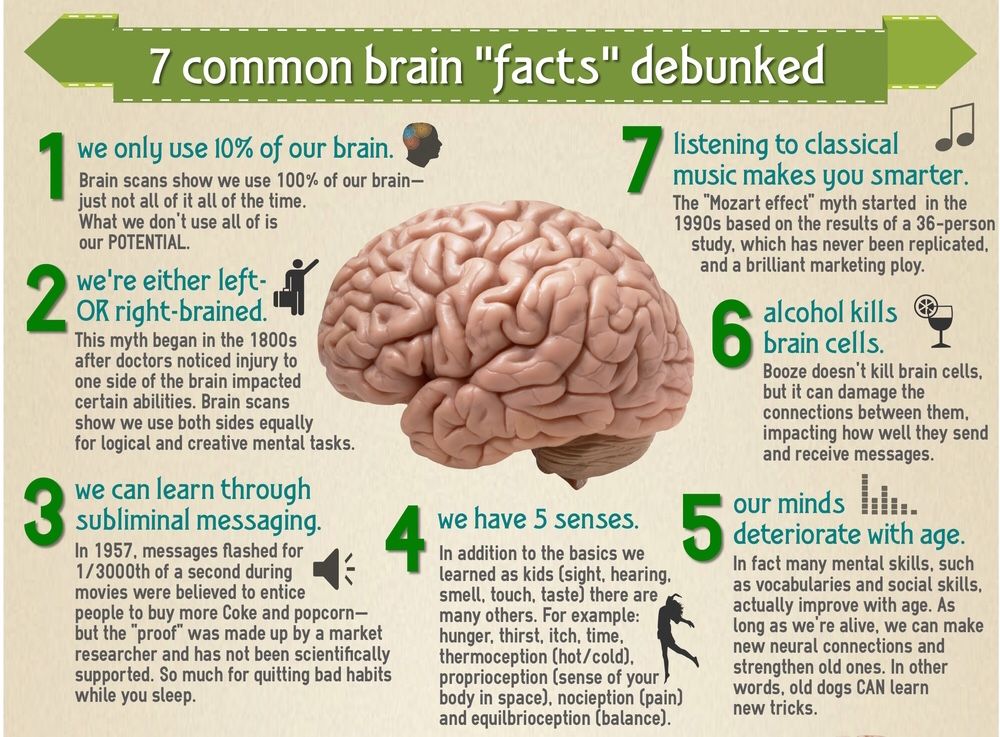 When certain specific movements were observed, the corresponding muscles of the experimental people involuntarily contracted as if they themselves were preparing to make the same movements. It turned out that people also have something like mirror neurons.
When certain specific movements were observed, the corresponding muscles of the experimental people involuntarily contracted as if they themselves were preparing to make the same movements. It turned out that people also have something like mirror neurons.
I studied knowledge materials in a new branch of an emerging science - Neuropsychology.
« Neuropsychology of childhood is the science of the formation of the brain organization of mental processes. It is becoming increasingly popular for the selection of methods of education. ”(these are the words of the candidate of psychological sciences A.V. Semenovich).
Initially, psychological functions are not given to the child. The development of hearing, memory, etc. begins in stages. Studies of the psyche of a child from 1 to 10 years old by scientists from the University of California led to the conclusion that the development of the brain in children depends not only on playing chess and solving mathematical problems, but on its motor activity !!!
Ballroom dancing is one of the most beautiful sports.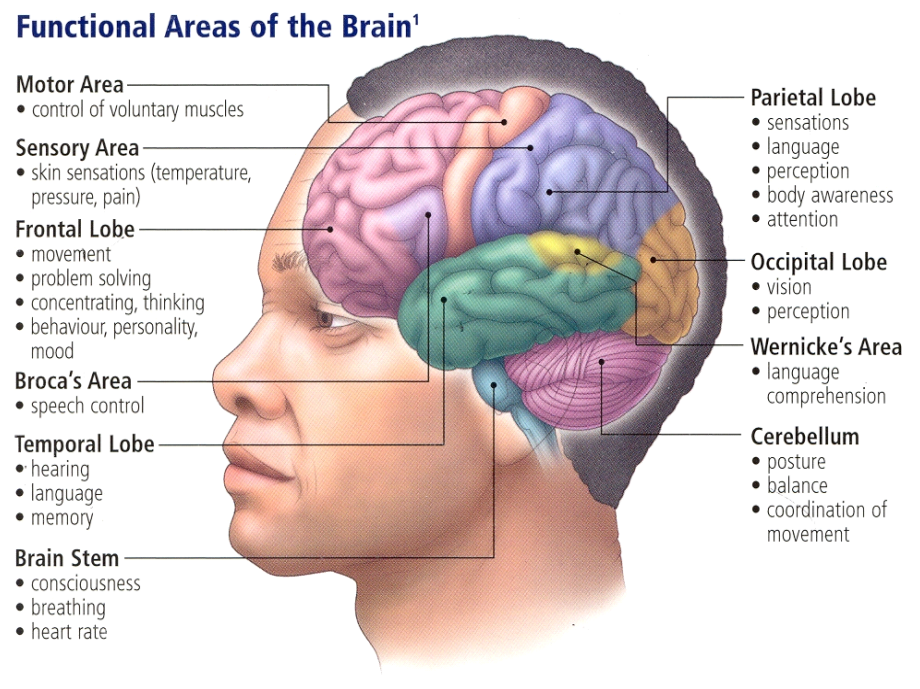 They cheer up, give a charge of positive energy. Ballroom dancing, in my opinion, contributes not only to physical improvement, but also mental.
They cheer up, give a charge of positive energy. Ballroom dancing, in my opinion, contributes not only to physical improvement, but also mental.
The purpose of my work is to understand how ballroom dancing affects the neurons of the brain.
Tasks:
- to reveal the concept of "ballroom dancing".
- find out how sports ballroom dancing affects the physical and mental health of a person.
Hypothesis: Systematic ballroom dancing at any age has a positive effect on the mental formation of a person.
Main body
Characteristics of ballroom dancing
Dance sport always attracts with its brightness, beauty and emotions. The art of ballroom dancing originated many centuries ago in England. Modern ballroom dancing is the result of a long development and influence of the culture of different peoples, music and costume. Sports ballroom dancing is an amazing combination of art and sports, musical, physical and spiritual development. The word "ball" comes from the Latin ballare - "to dance".
The word "ball" comes from the Latin ballare - "to dance".
Ballroom dancing is a group of pair dances that has folk origins and is performed by a partner and a partner at parties, balls, competitions that are held in halls with parquet, in dance shoes. Now ballroom dancing competitions are held. Two programs have been formed: European and Latin American. All ballroom dances are in pairs. The couple is a gentleman and a lady.
Previously, dancing was considered an art. Today you can consider ballroom dancing as an "artistic sport". Why is dance considered a sport? Because it demands from the dancer the qualities that most "real" sports have.
Ballroom dancing is very useful for personal development. This sport from early childhood teaches to be hardy, patient, delicate and disciplined. He makes real gentlemen out of boys. It is very important to protect your partner from accidental collisions on the floor. Dancing girls are taught to behave feminine, because the partner in the pair is the leader. As the couple leads, so the couple will dance. But, at the same time, the girl must correctly take her position. The partner should be comfortable leading his dancer. Ballroom dances also form moral, moral qualities. No boy who dances will be rude to a girl. The dancers have a lot of respect for each other. This type of dance teaches you to live in society and communicate with other people.
Dancing girls are taught to behave feminine, because the partner in the pair is the leader. As the couple leads, so the couple will dance. But, at the same time, the girl must correctly take her position. The partner should be comfortable leading his dancer. Ballroom dances also form moral, moral qualities. No boy who dances will be rude to a girl. The dancers have a lot of respect for each other. This type of dance teaches you to live in society and communicate with other people.
Effects of ballroom dancing on human health
Everyone knows that regular physical activity is essential for health. It has been proven that rhythmic movements to music are a good option for recovery. Ballroom dancing develops the respiratory system of the human body. Dancing helps to get rid of regular colds, bronchitis. If a person leads a sedentary lifestyle, this can lead to premature aging of the internal organs, while dancing, in addition to making them work better, also energizes the whole body.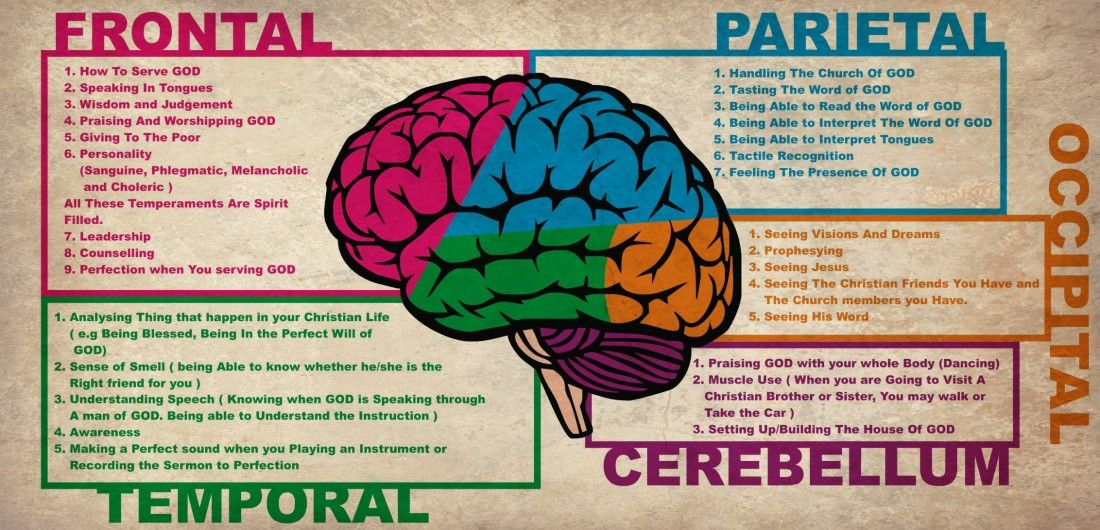
One of the most quickly manifested effects is the correction of posture. Spanish dances, such as flamenco or paso doble, are especially helpful in strengthening the back muscles. This contributes to a change in gait, making it more even and beautiful. The effect of dance on the muscles is general strengthening: thanks to the improvement of blood circulation, the muscles become less flabby and gain elasticity. In addition, coordination of movements improves and the vestibular apparatus is strengthened. We can say that this is also important for health: a person with a good sense of balance is much less likely to slip or catch on something. Psychologists have also proven that regular ballroom dancing has a positive effect on the psyche. Physical activity of this kind contributes to the production of endorphins - hormones of happiness. Improves endurance and performance.
In ancient Greece, it was believed that in the learning process, such disciplines as music and dance are no less important than the exact sciences. The teachers of that time were firmly convinced that a comprehensive education is necessary for the formation of a creative, harmoniously developed personality. The Swiss composer and teacher Emile Jacques Dalcroze rightly believed that through communication with music and dance, children learn to know the world and themselves, and dancing not only develops musicality, but also helps to cultivate attention, will and sociability.
The teachers of that time were firmly convinced that a comprehensive education is necessary for the formation of a creative, harmoniously developed personality. The Swiss composer and teacher Emile Jacques Dalcroze rightly believed that through communication with music and dance, children learn to know the world and themselves, and dancing not only develops musicality, but also helps to cultivate attention, will and sociability.
According to the University of Washington School of Medicine, dancing improves the mobility of the joints and spine, increases "vital" energy, improves metabolism, thus the overall health of the body occurs. With the help of regular dance classes, it is possible to achieve spiritual development, calm the nervous system.
Influence of ballroom dancing on brain neurons.
Ballroom dancing is very useful for personal development. This sport from early childhood teaches to be hardy, patient, delicate and disciplined.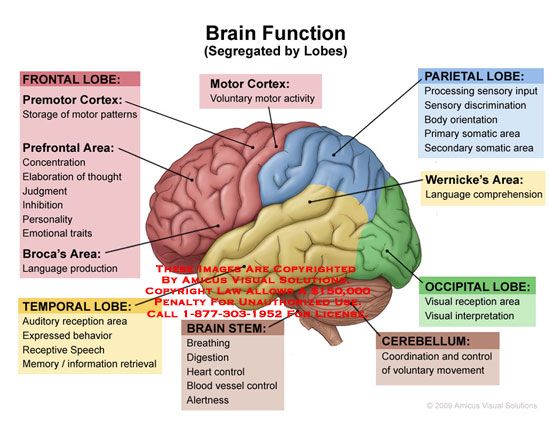 He makes real gentlemen out of boys. It is very important to protect your partner from accidental collisions on the floor. Dancing girls are taught to behave feminine, because the partner in the pair is the leader. As the couple leads, so the couple will dance. But, at the same time, the girl must correctly take her position. The partner should be comfortable leading his dancer. Ballroom dances also form moral, moral qualities. No boy who dances will be rude to a girl. The dancers have a lot of respect for each other. This type of dance teaches you to live in society and communicate with other people.
He makes real gentlemen out of boys. It is very important to protect your partner from accidental collisions on the floor. Dancing girls are taught to behave feminine, because the partner in the pair is the leader. As the couple leads, so the couple will dance. But, at the same time, the girl must correctly take her position. The partner should be comfortable leading his dancer. Ballroom dances also form moral, moral qualities. No boy who dances will be rude to a girl. The dancers have a lot of respect for each other. This type of dance teaches you to live in society and communicate with other people.
According to the University of Washington School of Medicine, dancing improves the mobility of the joints and spine, increases "vital" energy, improves metabolism, thus the overall health of the body occurs. With the help of regular dance classes, it is possible to achieve spiritual development, calm the nervous system.
When practicing ballroom dancing, all muscles work: muscles of the legs, arms, back, neck, face.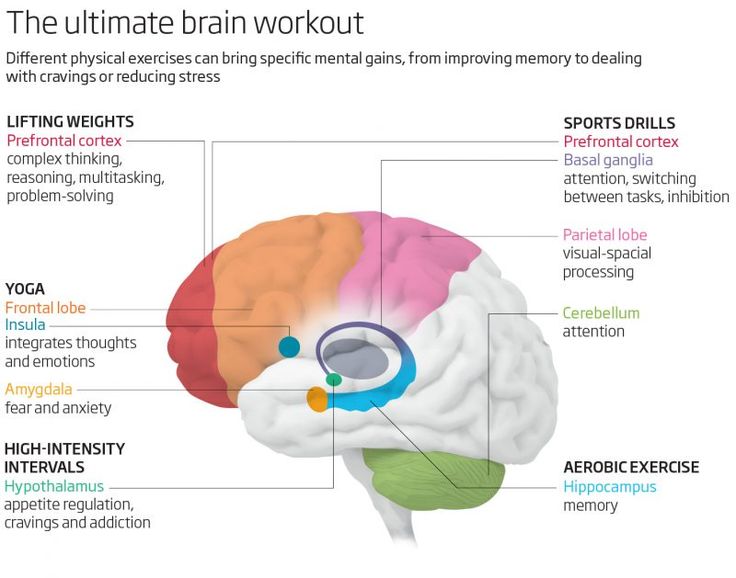 Each type of muscle has its own representation in the brain. Researchers at Dartmouth College emphasize the fact that with the help of dance, figurative thinking develops, which will be useful to a future scientist, teacher, lawyer, and even more so an artist. Three minutes of good dancing is equivalent to running 800 meters.
Each type of muscle has its own representation in the brain. Researchers at Dartmouth College emphasize the fact that with the help of dance, figurative thinking develops, which will be useful to a future scientist, teacher, lawyer, and even more so an artist. Three minutes of good dancing is equivalent to running 800 meters.
The main role in the formation of higher mental functions is played by the cerebral cortex. The dance image, like any other, is created by the bark and develops it. The subcortex of the brain provides metabolism. The most highly organized motor function is speech. Coordination provides a vital biofield. Plastic is achieved by the work of the striatal nucleus (striatum) and the pale ball (palletum). The striated nucleus is responsible for micromotor skills (writing).
For example, the Viennese Waltz, despite the fact that it is the coordinated work of many organs and brain structures, is a dance of the striatal nucleus. Small, sharp turns. Partners spin around their axis and around the hall. Since the rhythm is very fast, a complete mutual understanding of the partners is necessary, a considerable amount of training. The slow waltz is the dance of the pale ball. Slow and very beautiful dance. In it, swinging movements back and forth are interspersed with whirling, but for its worthy performance it is still necessary to master the descent and ascent, which help to lengthen the step and give the dance extraordinary expressiveness. It uses movements with a large amplitude.
Small, sharp turns. Partners spin around their axis and around the hall. Since the rhythm is very fast, a complete mutual understanding of the partners is necessary, a considerable amount of training. The slow waltz is the dance of the pale ball. Slow and very beautiful dance. In it, swinging movements back and forth are interspersed with whirling, but for its worthy performance it is still necessary to master the descent and ascent, which help to lengthen the step and give the dance extraordinary expressiveness. It uses movements with a large amplitude.
It can be concluded that ballroom dancing is the restoration of energy after a school day. Cerebellum. Provides movement tactics. He is the conductor, watching the information that comes from different areas of the brain, and helps to carry out actions. Rhythm and tempo in music while dancing stimulates the thalamus in the brain. The thalamus and hypothalamus are designed to adapt the internal environment to the conditions of the external world. According to the neurophysiologist N.A. Bernshtein, the activity of this area of the brain is responsible for breathing, heartbeat, bowel function, blood vessels, crawling, walking, running. A person is born with an immature thalamus. It is only through movement that the maturation and development of connections between the thalamus and other brain structures is stimulated. This area is of great importance for an adult. Stops aging. Everyone knows examples of the longevity of famous actors - ballet dancers are Galina Ulanova - 88 years old and Igor Moiseev - 102 years old!
According to the neurophysiologist N.A. Bernshtein, the activity of this area of the brain is responsible for breathing, heartbeat, bowel function, blood vessels, crawling, walking, running. A person is born with an immature thalamus. It is only through movement that the maturation and development of connections between the thalamus and other brain structures is stimulated. This area is of great importance for an adult. Stops aging. Everyone knows examples of the longevity of famous actors - ballet dancers are Galina Ulanova - 88 years old and Igor Moiseev - 102 years old!
Conclusion
From the above, we can conclude that ballroom dancing not only improves a person's health, but also develops his personal and moral qualities. They form feminine ladies from girls, and real men from boys! They helped me improve my health, improve my academic performance, become more self-confident, and find new friends.
There is a good African proverb “If you can talk, you can sing, if you can walk, you can dance” And that says it all - each of us can dance, each of us has an inner dancer who wants to dance.

